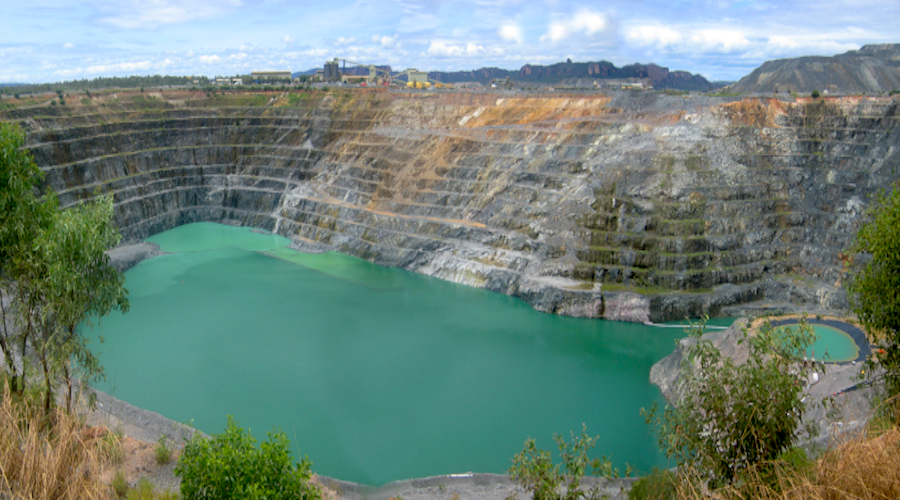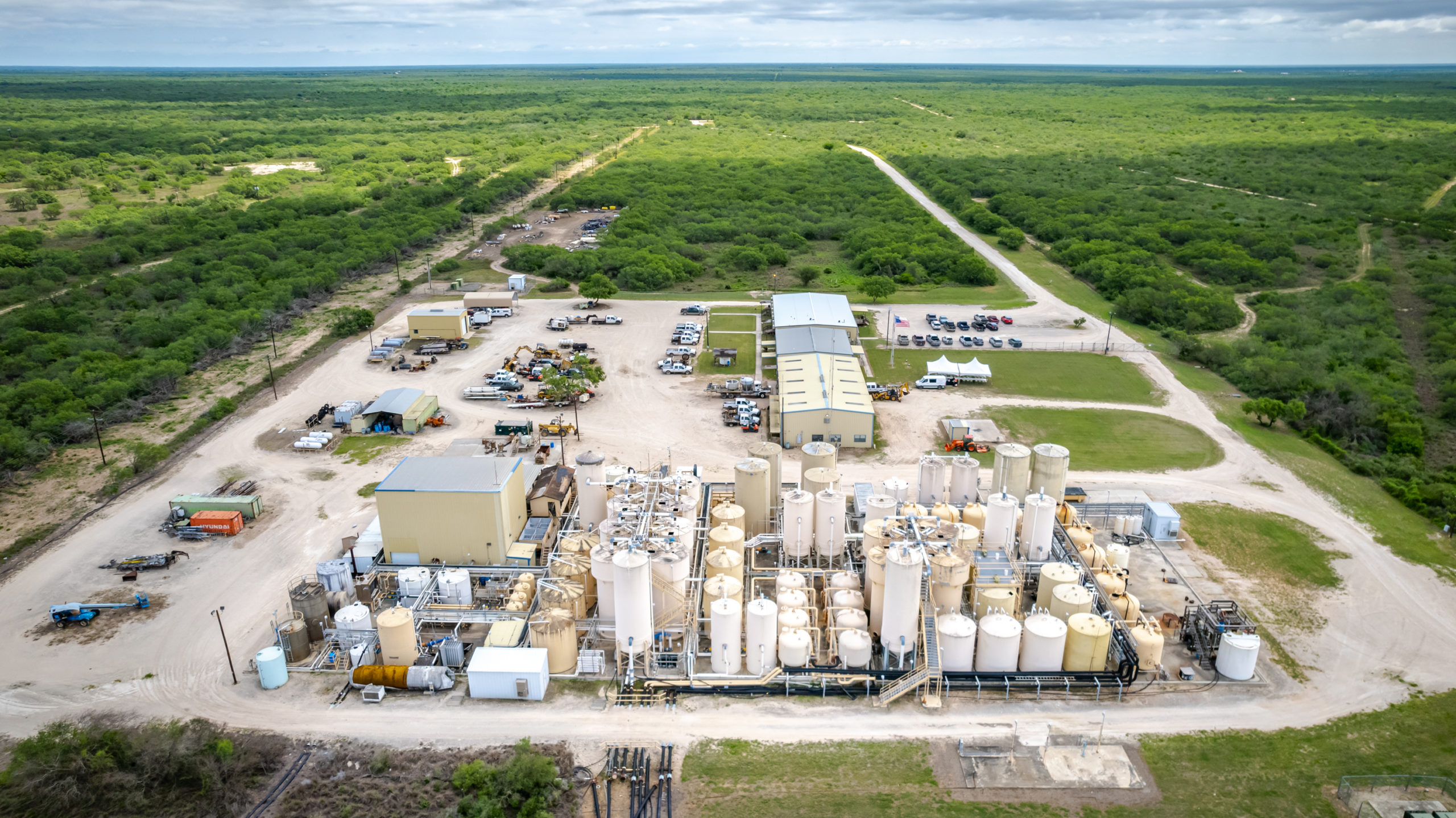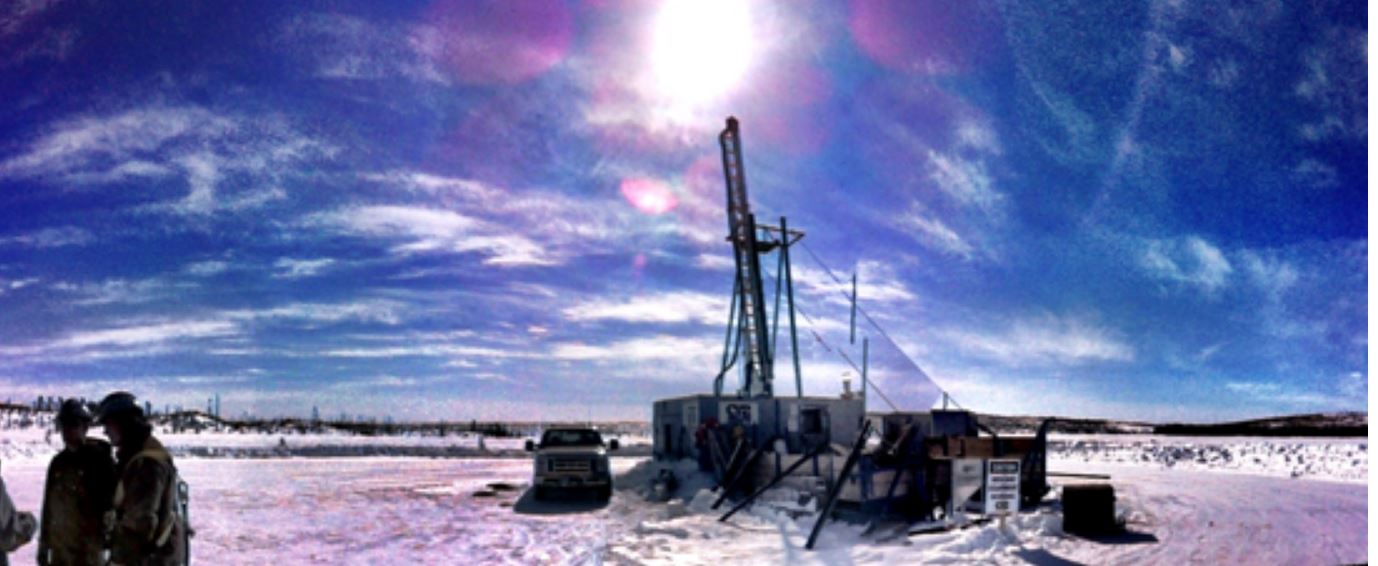With its latest quarterly earnings Cameco proved that operational deftness isn’t always enough, as global factors took their toll on its bottom line.
The uranium senior reported production was in line with expectations at 5.3 million lbs. of U3O8, but sales volumes were well lower at just 5.1 million lb compared to expectations of 7 million lb.
Those weaker sales met with realized prices that were 8% off, ensuring that the company disappointed with adjusted earnings per share (EPS) of just 12¢ compared to the consensus estimate of 26¢.
But Cameco’s chief executive, Tim Gitzel, said the drop in sales was simply caused by the nature of the industry.
“This is not a reflection of the underlying strength of our business but rather a demonstration of the variability that is common for us from quarter to quarter,” he said on a conference call. “The price we realize depends on the contracts we deliver into during the quarter and the volume depends on when our customers want their deliveries. As is often the case most of our deliveries will occur in the fourth quarter.”
In fact, Cameco expects 40% of all deliveries for the year will be in the coming quarter.
With earnings down, Gitzel emphasized the company’s performance, insisting that a more accurate representation of the company’s health can be gleaned from its remaining on track for sales revenue and production guidance for the year.
And while that is true, it was Gitzel’s comments on the overall state of uranium demand that should be of some concern for investors.
Since 2008, Cameco has been focusing on reaching production of 40 million lbs. of U3O8 by 2018 as part of its ‘Double U’ strategy. That strategy is now being crimped back to a target of 36 million lb.
Gitzel said that while the company still believes in the basic tenants that fed into the strategy — mainly that increasing energy and uranium demand will combine with decreasing secondary supplies to drive future demand to new heights — the timing of such a scenario unfolding has shifted.
“…as a result we have to adjust our plan to match what we are seeing in the market,” he said.
What Cameco is seeing is that the re-start of reactors in Japan is taking longer than expected and that sustained weakness in the global economy is resulting in softer near term uranium prices.
Such factors contributed to a reduction in its 10-year forecast for new reactors. It now expects 80 new reactors to be built, where previously it estimated 95.
It all means that rather than push new projects into production, Cameco will instead focus on Brownfield expansions to boost its supply to 36 million lb by 2018.
So while new projects like Kintyre and Yeelirrie will likely be shelved the company will still push to get Cigar Lake into production next year and will also carry on with the expansion of its McArthur River mine. Both projects are part of the company’s suite of world class assets in Saskatchewan’s Athabasca Basin.
“We remain optimistic about the future of the nuclear industry, but we can’t ignore the market signals we’re seeing and we must adjust accordingly,” Gitzel said. “We will be ready to move quickly and efficiently when the market calls for more uranium.”
As for the Street’s reaction, it was lukewarm at best.
“We view the results as moderately negative. Although the mines are performing well and 2012 production and sales guidance was maintained, capex guidance jumped to $800 million from $750 million; third quarter EPS was weaker than expected on lumpy sales; and unsurprisingly, 2018 production guidance was cut to 36 million lb.” Raymond James analyst David Sadowski wrote in his research note.
At CIBC, Matthew Gibson saw some signs of optimism on the horizon.
“The stock is sitting at trough-level valuation, which may take some time to improve,” Gibson wrote. “We expect the key catalyst for the stock to be the restart of reactors in Japan. With a new regulator now in place, it is expected that new safety guidelines should be in effect by mid-2013. Around this timeframe, it is expected that six to eight reactors are approved to commence operations.”
To read more Northern Miner articles, click here





Comments